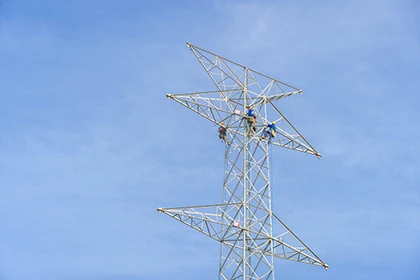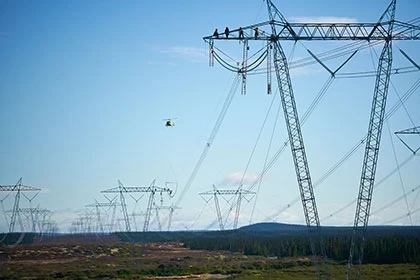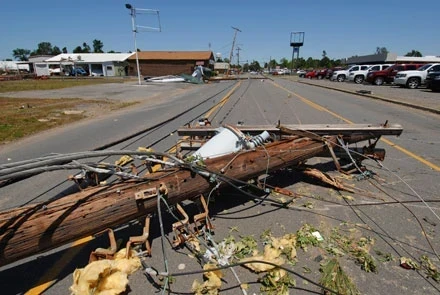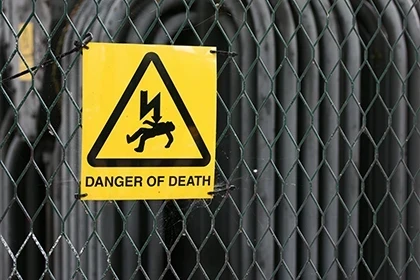Testing Conditions and Guidelines for Personal Fall Protection Systems

1. PERSONAL FALL ARREST SYSTEMS
(A) GENERAL TEST CONDITIONS
Lifelines, lanyards, and deceleration devices should be attached to an anchorage and connected to the body-belt or body harness in the same manner as they would be when used to protect employees, except that lanyards should be tested only when connected directly to the anchorage, and not when connected to a lifeline.
The anchorage should be rigid, and should not have a deflection greater than .04 inches (1 cm) when a force of 2,250 pounds (10.01 Kn) is applied.
The frequency response of the load measuring instrumentation should be 100 Hz.
The test weight used in the strength and force tests should be a rigid, metal cylindrical or torso-shaped object with a girth of 38 inches plus or minus 4 inches (96.5 cm plus or minus 10.16 cm).
The lanyard or lifeline used to create the free fall distance should be the one supplied with the system, or in its absence, the least elastic lanyard or lifeline available to be used by the employee with the system.
The test weight for each test should be hoisted to the required level and should be quickly released without having any appreciable motion imparted to it.
The system’s performance should be evaluated, taking into account the range of environmental conditions for which it is designed to be used.
Following the test, the system need not be capable of further operation.
(B) STRENGTH TEST
During the testing of all systems, a test weight of 300 pounds plus or minus 5 pounds (136.08 kg plus or minus 2.27 kg) should be used. (See paragraph (4) above.)
The test consists of dropping the test weight once. A new unused system should be used for each test.
For lanyard systems, the lanyard length should be 6 feet plus or minus 2 inches (1.83 m plus or minus 5.08 cm) as measured from the fixed anchorage to the attachment on the body belt or harness.
For rope-grab-type deceleration systems, the length of the lifeline above the center line of the grabbing mechanism to the lifeline’s anchorage point should not exceed 2 feet (0.61 m).
For lanyard systems, for systems with deceleration devices which do not automatically limit free fall distance to 2 feet (0.61 m) or less, and for systems with deceleration devices which have a connection distance in excess of 1 foot (0.31 m) (measured between the centerline of the lifeline and the attachment point to the body belt or harness), the test weight should be rigged to free fall a distance of 7.5 feet (2.29 m) from a point that is 1.5 feet (45.72 cm) above the anchorage point, to its hanging location (6 feet (1.83 m) below the anchorage). The test weight should fall without interference, obstruction, or hitting the floor or the ground during the test. In non-elastic wire lanyard of sufficient length may need to be added to the system (for test purposes) to create the necessary free fall distance.
For deceleration device systems with integral lifelines or lanyards which automatically limit free fall distance to 2 feet (0.61 m) or less, the test weight should be rigged to free fall a distance of four feet (1.22 m).
Any weight which detaches from the belt or harness should constitute failure for the strength test.
Read full article in the Linemen Safety Special Edition 2021









